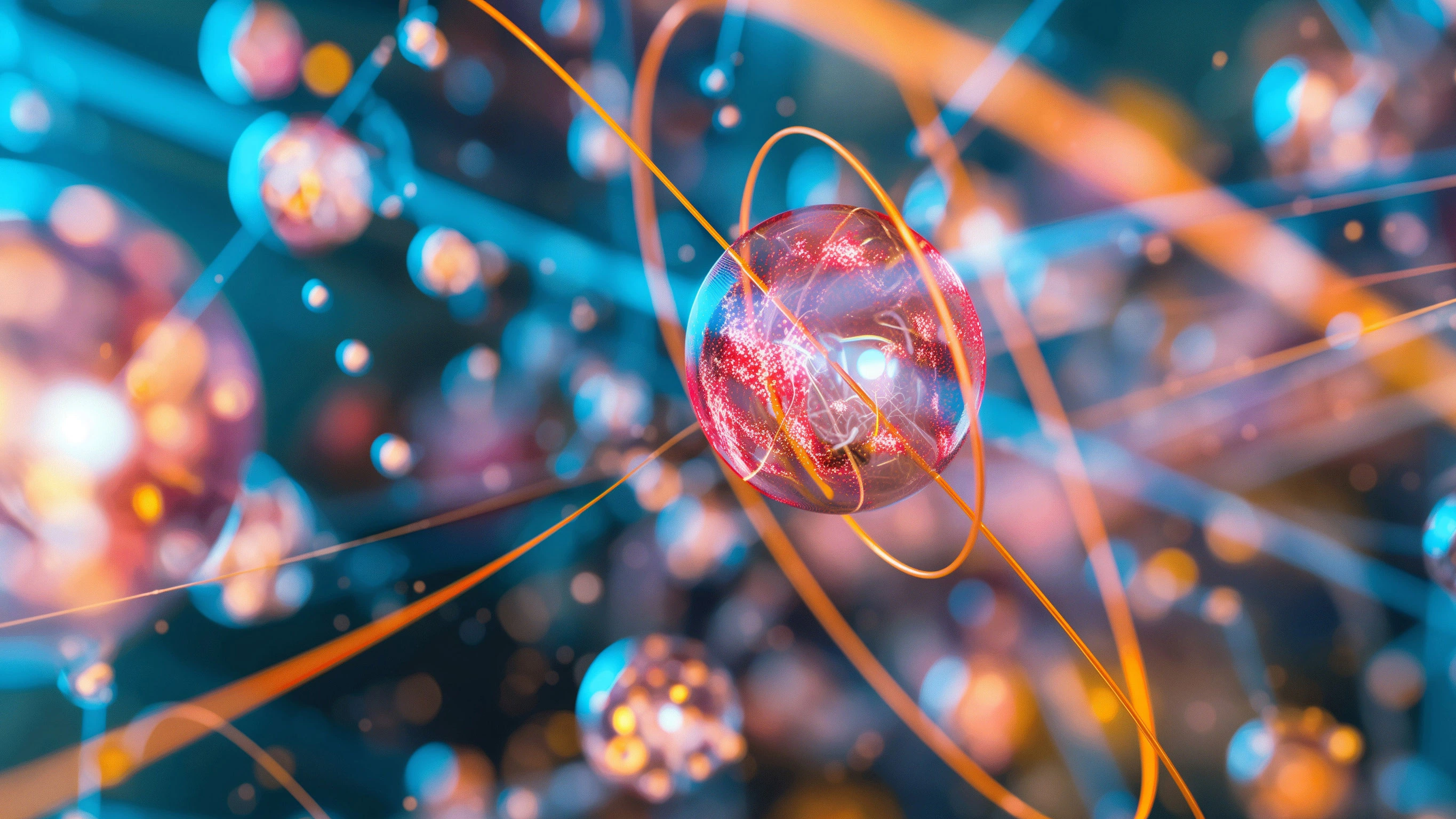Quantum mechanics doesn’t just challenge our intuition; it reshapes what counts as an object. Philosopher of science, Dennis Dieks, explains why at the fundamental level there are no discrete particles. Instead, objects like electrons or photons emerge only under special conditions, much like units of money appearing from a single bank balance. Our everyday world of things is a macroscopic illusion built on an undivided quantum reality.
The world we perceive every day is full of things, objects, which we can distinguish from one another, follow in time, and often grasp and manipulate. This experiential fact so imposes itself on us that it is hard to imagine a world without objects. How could we reach out and make contact with the external world if there were no things to touch and see? It is no wonder, then, that from the very beginning of natural science, objects have been considered fundamental constituents of reality. It was already suggested in classical antiquity that the gross objects of our everyday experience are composed of smaller more fundamental objects and finally of smallest “atoms.” These “elementary particles” posited by ancient natural science/philosophy should of course not be confused with those of modern physics. For one thing, they differed from each other in shape and size, contrary to modern views, as we will see in a moment. The quantum theory further complicates matters and, as I will argue, makes us reject the very idea of individual particles at the fundamental level. In its place comes the image of a whole from which individual particles can emerge under special conditions.
SUGGESTED VIEWING The quantum unknown With Matt O'Dowd, Sabine Hossenfelder
Differences make it possible to distinguish things. If you have a number of different objects in front of you, at a certain instant, you can give them individual names; they thus have their own identity. Moreover, objects retain their identity over time, because of their different histories. Thus, if we have two distinct particles, A and B, we can after some time still identify which is A and which is B by looking at their paths in space (e.g., by filming them). So, objects not only differ at a given moment, but also possess “genidentity,” i.e. identity over time.
___
Classically speaking, two different electrons will always be in different places, probably also possess different velocities; and follow different trajectories in space.
___
In classical mechanics, which got its foundations in Isaac Newton's revolutionary Principia (1687), the concepts of “object” and “particle” play a central role. Classical mechanics is all about how distinguishable objects move under the influence of forces. Interestingly, a year before the Principia appeared, the German philosopher Leibniz (1646-1716) formulated a general principle regarding distinguishability and identity. According to Leibniz, if two things have exactly the same physical properties, then they must be one and the same thing (Leibniz’s Principle of the Identity of Indiscernibles). Accordingly, two different things cannot have all their attributes in common. Given how we conceptualize objects in everyday life and in classical physics, this seems an eminently reasonable principle. It proves, nevertheless, to be open to debate. Thus, one might wonder whether two things could share all their physical properties but yet differ in a non-empirical identity-bestowing property, “primitive thisness” or “haecceity” (from medieval Latin haecceitas, “thisness”). Such non-empirical “thisnesses” seem poorly compatible with modern scientific thinking. But the discussion has become topical again because of quantum mechanics.






















Join the conversation